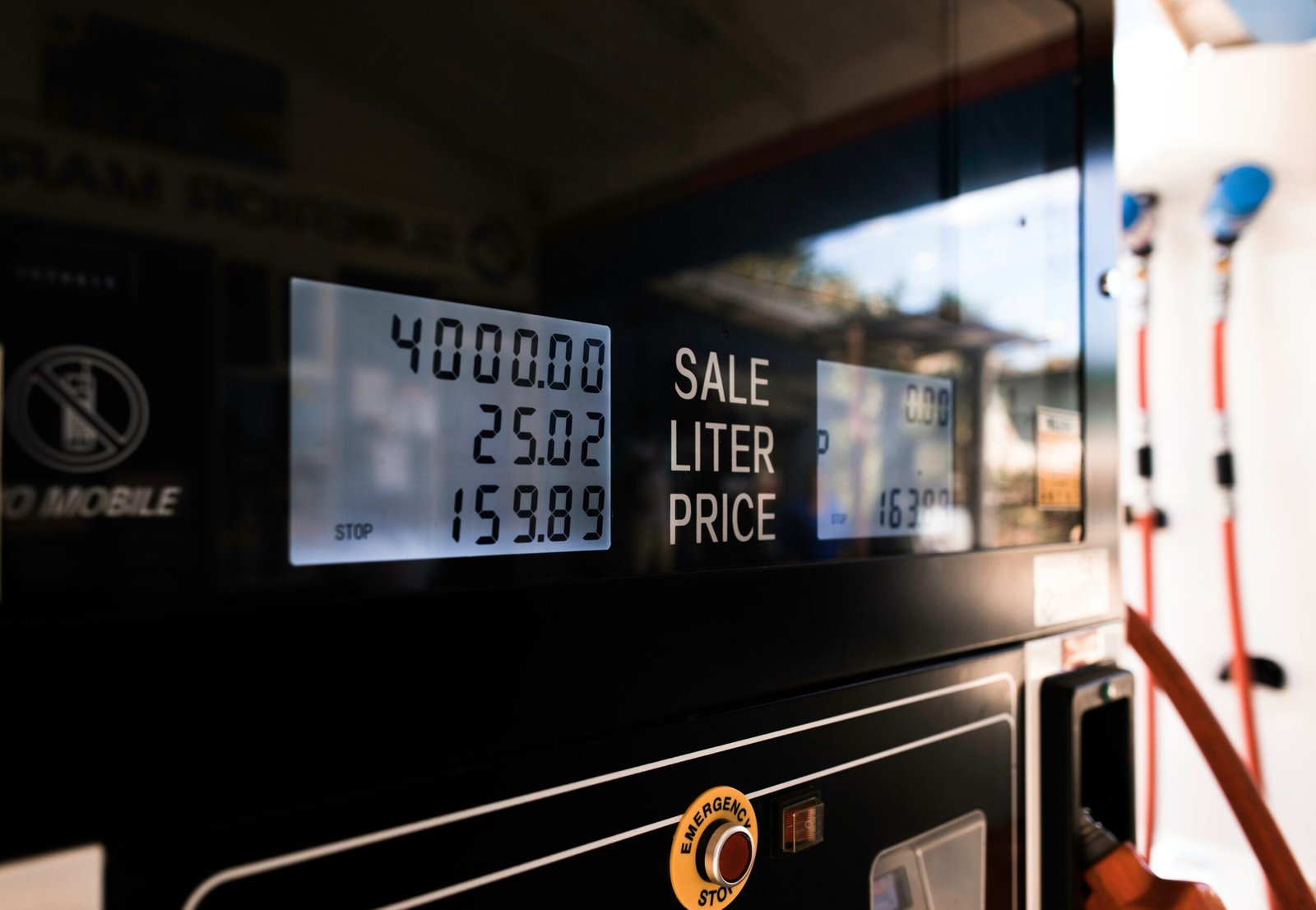Gas pipelines are an essential part of our modern infrastructure, enabling the safe and efficient transportation of natural gas or LPG (liquefied petroleum gas). Whether it’s for residential, commercial, or industrial use, the installation of gas pipelines requires careful planning, expertise, and adherence to safety regulations. In this article, we will discuss the process of gas pipeline installation and the cost associated with it.
The installation of a gas pipeline involves several steps, including design, material selection, excavation, welding, testing, and commissioning. Let’s delve into each of these steps in detail.
1. Design: The first step in gas pipeline installation is designing the system. This includes determining the route of the pipeline, considering factors such as terrain, existing infrastructure, and safety regulations. The design also takes into account the required pressure and flow rate of the gas.
2. Material Selection: The choice of material for the gas pipeline depends on various factors, including the type of gas being transported, the distance of the pipeline, and the environmental conditions. Common materials used for gas pipelines include steel, polyethylene (PE), and copper. Each material has its own advantages and considerations, such as durability, cost, and corrosion resistance.
3. Excavation: Once the design and material selection are finalized, the next step is excavation. Trenches are dug along the designated route to accommodate the pipeline. The depth of the trench depends on local regulations and the type of pipeline being installed.
4. Welding: After the trench is prepared, the pipeline sections are welded together. Welding is a critical process that ensures the integrity and strength of the pipeline. Qualified welders use specialized techniques and equipment to join the sections securely.
5. Testing: Once the welding is complete, the pipeline undergoes rigorous testing to ensure its safety and reliability. This includes pressure testing, where the pipeline is subjected to high pressure to check for any leaks or weaknesses. Other tests may include visual inspection, ultrasonic testing, and hydrostatic testing.
6. Commissioning: After the pipeline passes all the necessary tests, it is ready for commissioning. This involves connecting the pipeline to the gas source and ensuring proper functioning of valves, meters, and other equipment. The commissioning process may also involve purging the pipeline of any air or impurities.
Now, let’s discuss the cost associated with gas pipeline installation in Hyderabad. The cost can vary depending on several factors, such as the length of the pipeline, the material used, the complexity of the installation, and any additional requirements specific to the location. It is recommended to consult with a professional gas pipeline installation service provider, such as Sri Tirumala Gas Pipeline, to get an accurate cost estimate for your specific project.
When it comes to choosing the best gas pipe for LPG gas, it is important to consider factors such as safety, durability, and compatibility. High-density polyethylene (HDPE) pipes are commonly used for LPG gas pipelines due to their excellent resistance to corrosion, flexibility, and long lifespan. However, it is advisable to consult with a qualified gas pipeline installation service provider to determine the most suitable pipe for your specific needs.
In conclusion, the installation of gas pipelines involves a series of steps, including design, material selection, excavation, welding, testing, and commissioning. It is crucial to hire a professional gas pipeline installation service provider to ensure the safety and efficiency of the installation. The cost of gas pipeline installation in Hyderabad can vary depending on various factors, and it is recommended to consult with experts for accurate cost estimates.
